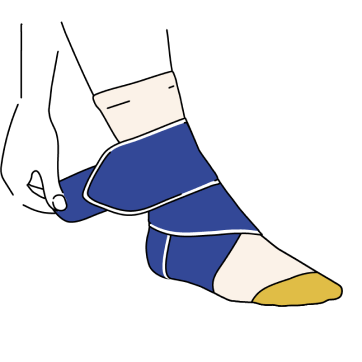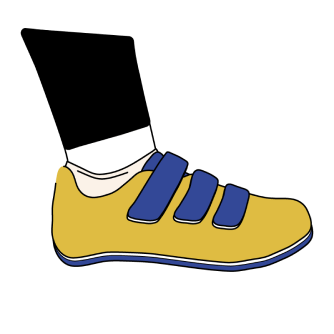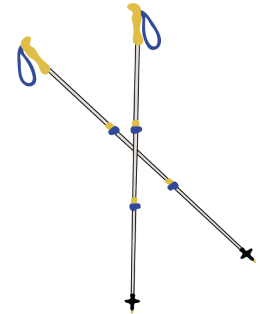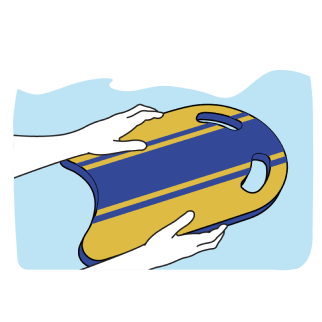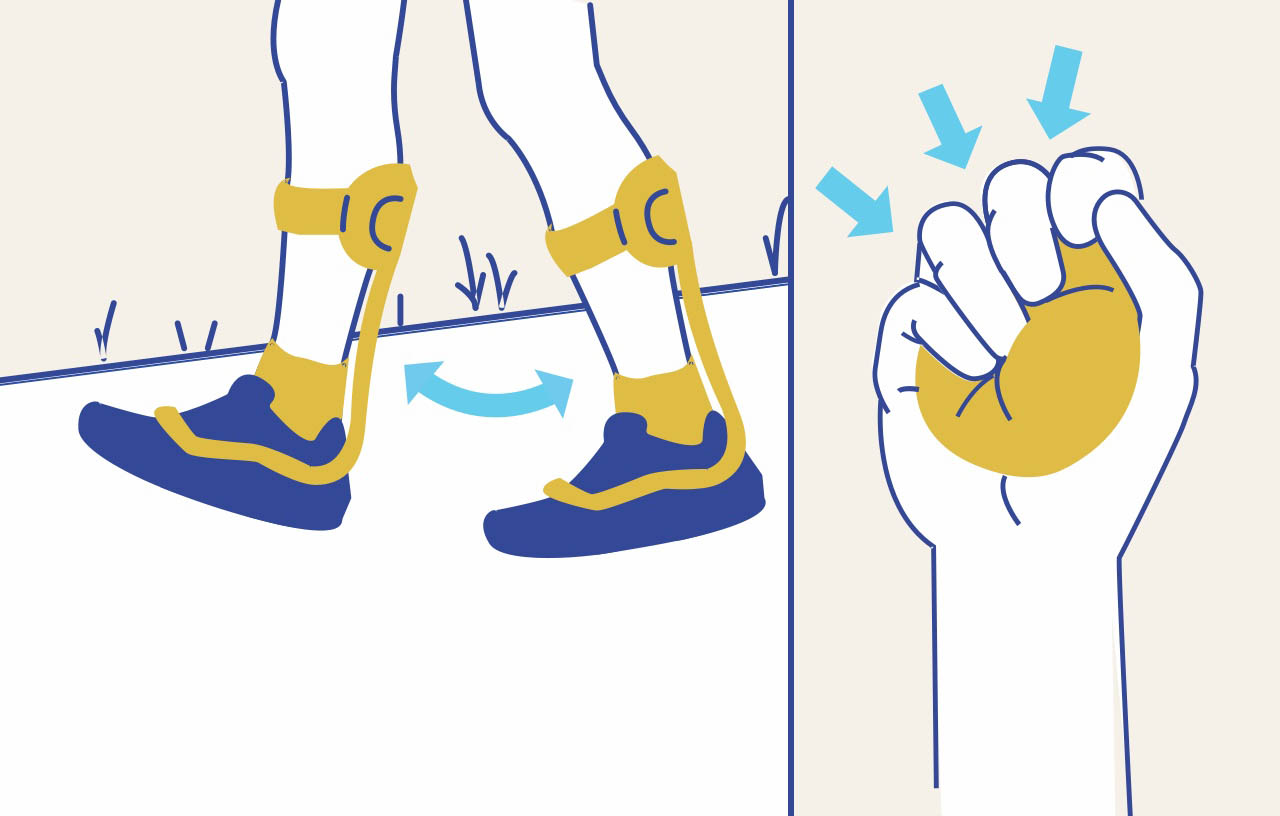When living with CIDP (chronic inflammatory demyelinating polyneuropathy), physical exercise may offer various benefits, and healthcare professionals can help you work with your current abilities and aid in overcoming challenges. Studies have shown that exercising when you have CIDP may help reduce physical fatigue, enhance fitness and strength, and offer benefits for gait and balance. It may even help boost your mental health and provide meaningful social connections through group exercise classes.
Take a look at these exercise tips that have worked for people in the CIDP community—they may help you on your journey, too. Remember that CIDP affects everyone differently, so before starting any exercise routine, it’s important to get guidance from your healthcare team.

Getting started
Once your CIDP healthcare team gives you the okay to exercise, what’s the next step? If you don’t already have one, consider finding a PT (physical therapist) or an OT (occupational therapist). Mel took a hiatus from her passion as a dance and fitness studio owner after her CIDP diagnosis in 2023. She described the value of working with a PT or an OT familiar with conditions like CIDP. She noted, “Professionals with experience helping someone living with CIDP or a similar condition may know how to specifically work with you and understand how the disease affects you.”
Making modifications
After being diagnosed with CIDP in 2012, Rick, a former swimmer and coach, could no longer participate in water sports. He adapted his exercise routine with the help of a healthcare professional to include a full range of motion stretches that he acquired from his aquatic background. “I’ve learned these stretches from my time coaching swimmers. Now, I use them to help me stay limber and flexible.”
I wake up, see how I feel, and base my exercises for the day on that.
Your PT or OT may also suggest using adaptive exercise equipment to assist you with your exercises. Various types are available to purchase and use at home, or you can explore offerings at a gym or a fitness studio. When Mel was first diagnosed with CIDP, she used yoga blocks during exercise to help her ease back into her workout routine. “I was trying to improve my flexibility and range of motion, and the foam squishiness provided support,” she explained.
When modifying your exercise plan, Rick emphasized practicing self-compassion and acceptance. “Do I stretch all the time? No, I do what I can,” he said. “I wake up, see how I feel, and base my exercises for the day on that.” His approach is a reminder that it’s not just about finding new ways to move with CIDP—it’s also about honoring your limits.
Adaptive clothing and devices
Along with adaptive equipment, adaptive clothing and assistive devices may help people living with CIDP exercise at their level of ability.
Some examples include:
Developing a healthy exercise routine
Establishing a consistent routine, as your symptoms allow, can help you stay motivated and committed to exercising. You may be able to achieve this with effective time management and a CIDP Fitness Log that helps you to keep track of progress and identify what works best for you.
Cultivating your community
Incorporating physical exercise into your life can foster social support and engagement. When living with CIDP, exercising with caregivers or loved ones may strengthen your bond. Rick, for example, strives to stay active to spend quality time with his 5 grandkids: “They’re playing soccer and ball in the yard. So, yeah, Grandpa tries to be a part of these moments with them.”
Exercising may also help you connect with a larger community of individuals who share similar interests. As a dance and fitness instructor, Mel has found support from students during her struggle with CIDP symptoms. “I’m back to teaching dance, but I was having my students lead classes with me or for me because my body couldn't do all those things,” she said.

Practicing positivity
Maintaining a positive outlook can be a powerful tool for navigating your exercise journey. Mel and Rick exemplify this mindset, each finding strength in their experiences. Rick acknowledged the frustration that comes with CIDP’s unpredictability, stating, “You try to be as positive as possible and go, ‘Okay, well that's today. Tomorrow can be different.’”
Mel expressed how staying positive and persistent has helped in making dance a part of her life again. “Being ill—it was like, ‘I cannot lose dance right now. I have to figure out how to get involved.’ So, it just became something I had to reach for and figure out how to get back into.”
Embracing this positive perspective may be helpful when it comes to finding the motivation to incorporate exercise into your daily life.






